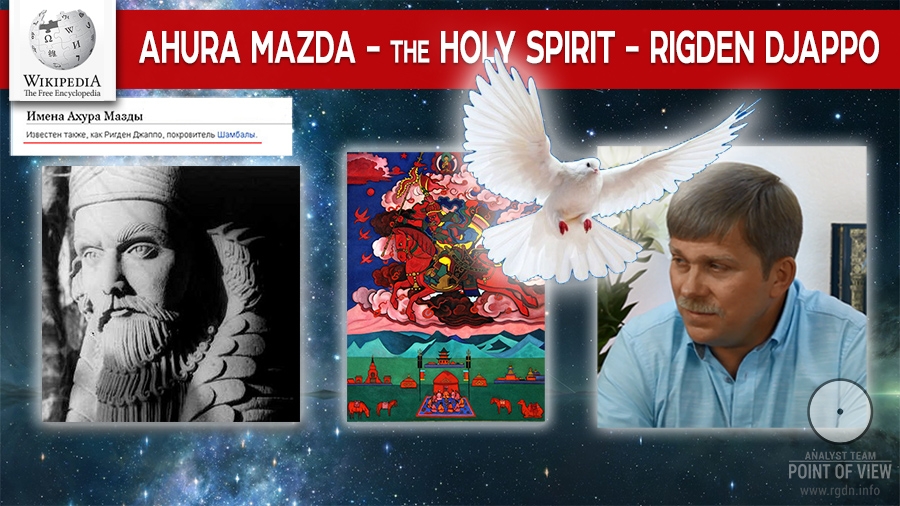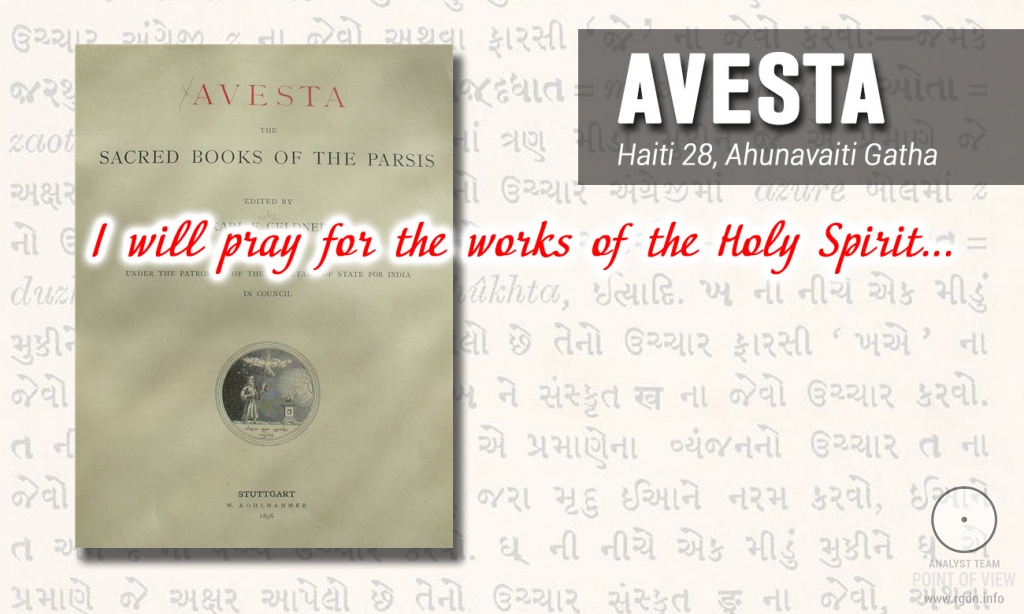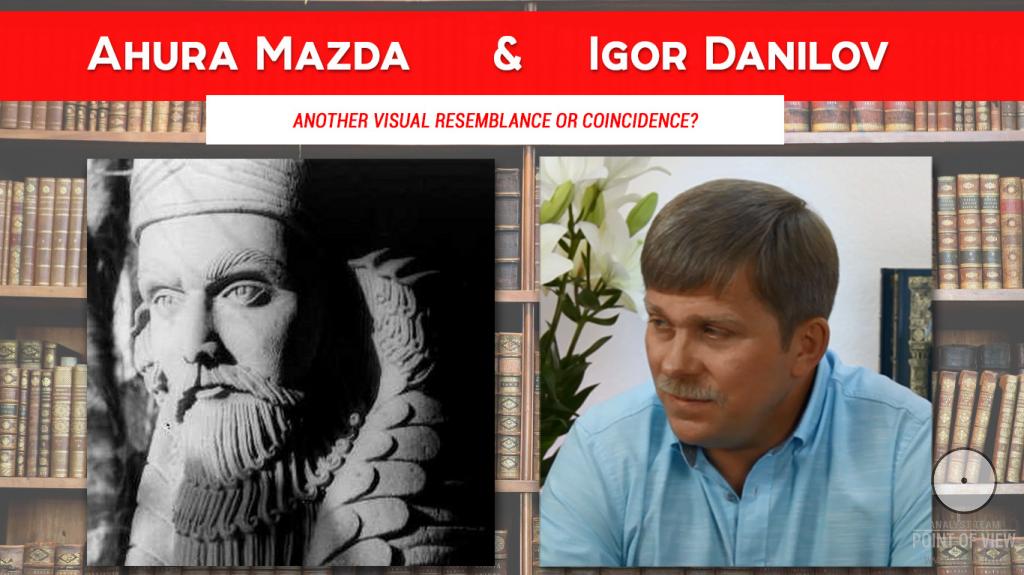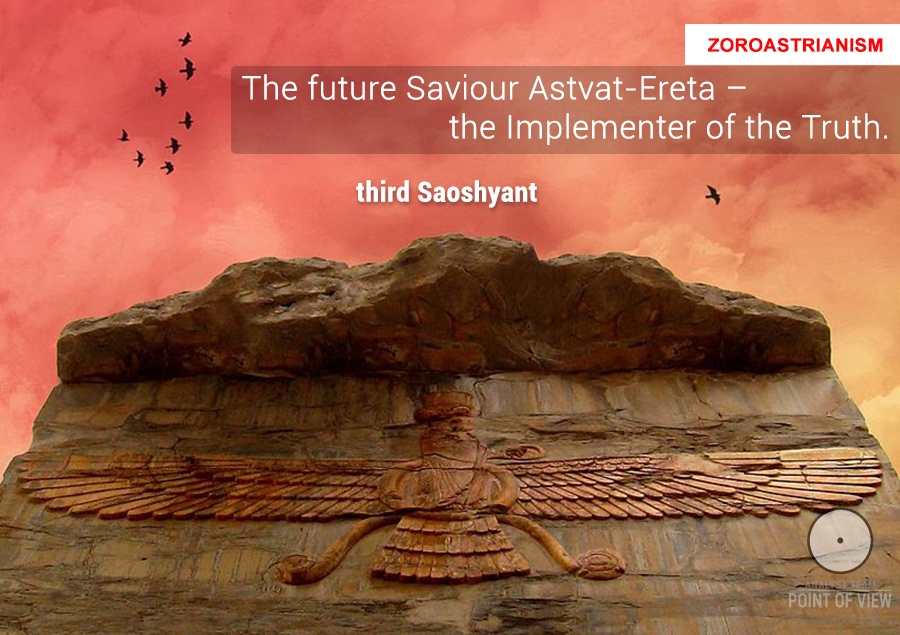
The Preamble of our online project contains quite a bold assumption that currently on the Earth there lives a human incarnation of Ahura Mazda who is also known by other names, such as Osiris, Archangel Gabriel (Angel Jibrail), Quetzalcoatl, Agapit of Pechersk... Yet, who is Ahura Mazda? Supposedly, most of our readers as well as followers of major contemporary religions know nothing about the bearer of this unusual Name, and probably they are not to blame. Over the last centuries, a vast deal of information has been deliberately concealed, cleaned up and distorted by a certain group of people who have written their own version of history for humanity. It’s a great pity, since in ancient times spiritually advanced cultures honoured Ahura Mazda as the Creator and the Lord of Wisdom. In this article we will try to fill in the unfortunate gaps in the knowledge of present-day humanity and perform a comparative analysis based on two sources – the Free Encyclopaedia Wikipedia and the books by Anastasia Novykh, namely Sensei of Shambala – Book IV and AllatRa, where we have found a rather extensive stratum of information about Him.

In humble adoration, with hands outstretched I pray to You, O Mazda! First of all, through Your Holy Spirit vouchsafe to me all righteousness of action, all wisdom of the Good Mind, that I may thereby bring joy to the Soul of Creation!
COMMENTARY: The Denkard says, “The first Ahunavaiti Gatha (Yasna 28) is dedicated to grace and piety of Zoroaster (Zarathustra) that emerged owing to the righteousness of his thoughts, words and deeds.” (Denkard 9:28:1) The triad of good thoughts, words and deeds is the foundation of the ethical teaching of Good Faith. Good thoughts, good words and good deeds of Pious Zarathustra are portrayed in his Gathas (Hymns) dedicated to the Immortal Saints (Amesha Spentas).
This dedication opens the first Chapter (Haiti) of the Gathas, which reflects Zarathustra’s prayer and righteousness, as well as his petitions of grace as proclaimed in the Avesta. (Denkard 9:50:2-3)

Just two months have passed since the first sensational publications on www.rgdn.info, and over this short period of time the analyst team has found quite a few unbelievable intriguing likenesses or accidental coincidences. Let everyone regard these materials as they prefer. We do not impose our opinion on anyone, although we consider ourselves entitled to voice it decidedly and elucidate it. Our next discovery originates from Kiev, from where we have received a photo of the stone bust of Zoroastrian supreme god Ahura Mazda whose face on the bust bears a great resemblance to the face of Igor Mikhaylovich Danilov, according to eyewitnesses who saw Mr. Danilov closely. In the context of our investigation such likeness surely looks not that accidental.

We kindly offer everyone to turn our eyes again to the East which from time immemorial has been considered the cradle of Wisdom and Knowledge. Let’s speak of Zoroastrianism and the predictions left by Zarathustra and reflected in the Avesta.
Zoroastrianism (Mazdayasna, Mazdaism) is a very old religion that was formed on the basis of the teaching of Prophet Zarathustra (Zoroaster). The teaching is based on the concept of spiritual and moral freedom of every human being as embodied in good thoughts, good words and good deeds. This religion emerged in the territory of Greater Iran (Persia). The main sacred book of Zoroastrianism is the Avesta (Zend-Avesta) which supposedly consists of 21 texts that have not been preserved in full. Two of those were discovered and translated only in the 18th century. Researchers believe the information now contained in the Avesta was considerably distorted and modified in the Middle Ages. No wonder, for on the basis of the initial Knowledge the religion was established with its strict rules, ethical provisions, rituals, feasts, and other mandatory attributes. According to Zoroastrianism, the name of Messiah is Saoshyant, which in translation from the Avestan language means “the Future Saviour”.

Project Aim









